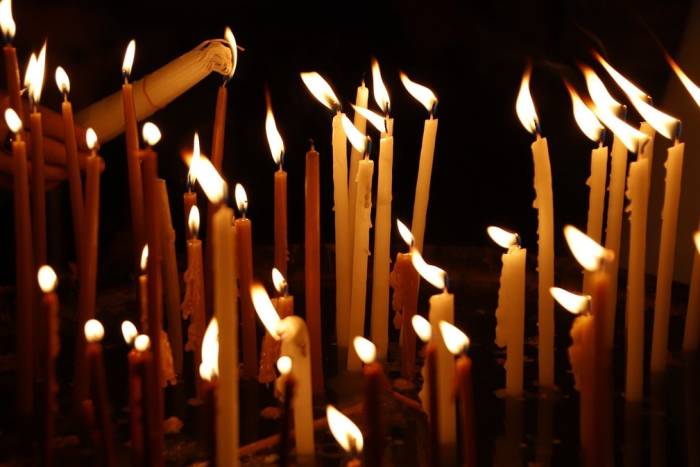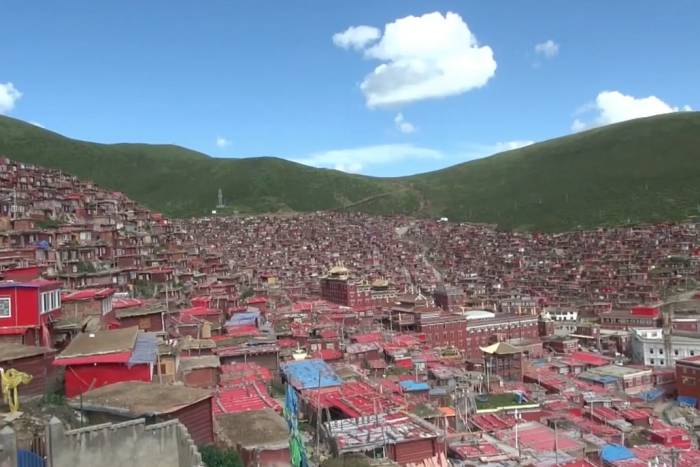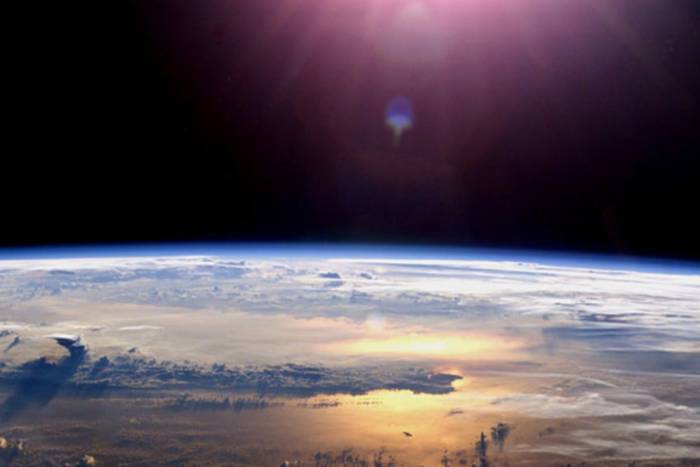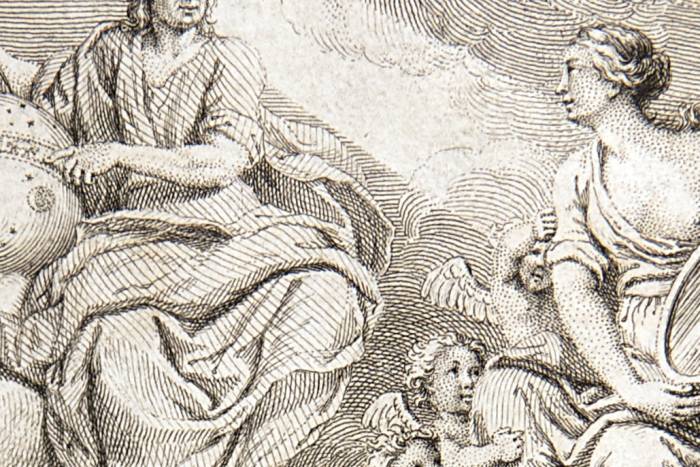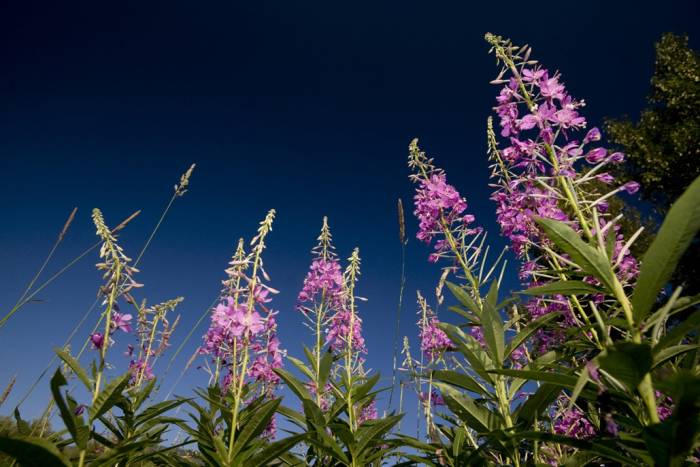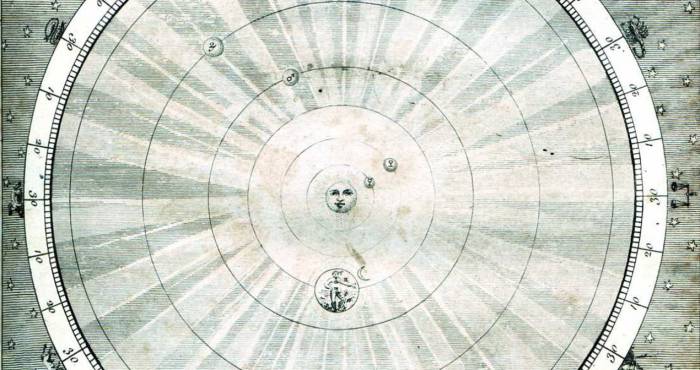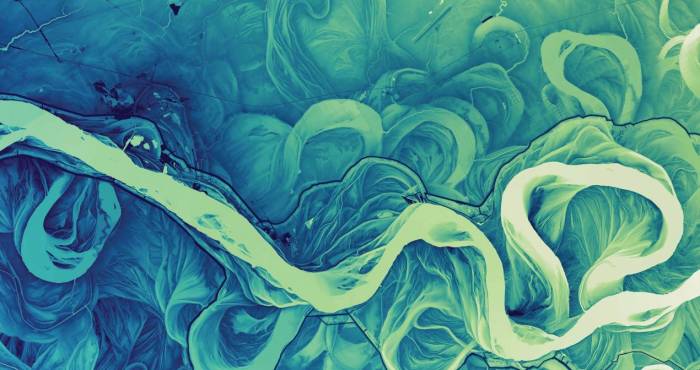The Kingdom of Shambhala, the Whitest of Utopias
Due to its ties with the Himalayas and absolute purity, Shambhala is probably the whitest Utopia of all.
The Kingdom of Shambhala has been mentioned in many ancient texts; among them the Kalachakra Tantra of Tibet and the Indian Mahabarata. It is known as the Pure Land because it became extinct somewhere in time, not because of phenomenological or disastrous reasons, but because all of its inhabitants reached enlightenment. The Tibetan Lama Chogyam Trungpa wrote a book about this place, where one of its central elements (or at least the most memorable) is the dralas.
A “drala” is a magical word that was used in Shambhala to describe those moments that remind us of magic: when you are walking and feel or see something —like a gust of wind, the movement of a tree, a moment of silence— which somehow reminds you of the elemental presence of the world. Everybody experiences dralas, and Shambhala’s magic word validates them, confers them presence.
Throughout its history in the memory of humankind, the idea of Shambhala has been dissolved into three meanings: an external one, an internal one and an alternative one. The external one is a physical space, but only people with the right karma can have access to it and experience it as such. Relating to this, in 1985 the fourteenth Dalai Lama expressed:
Although those with special affiliation may actually be able to go there through their karmic connection, nevertheless it is not a physical place that we can actually find. We can only say that it is a pure land, a pure land in the human realm. And unless one has the merit and the actual karmic association, one cannot actually arrive there.
There are many theories surrounding the possible location of this fantasy land, but the most popular among them states that it is found somewhere in the highest peak of the Himalayas, protected by the mountain and its snow. The truth is that, in the dimensions accessible to man, there is no place more inviting and more beautiful.
The meanings of “internal” and “alternative” are represented in terms of our own bodies and minds (internal), and the practice of meditation (alternative). These symbolic explanations are generally passed from master to disciple on the diamond way (or path to enlightenment).
The idea of Shambhala expanded throughout the West as brilliant pieces of a mirror that broke and scattered over the continents. Shambhala is, also, a merger of worlds.
Towards the end of the 19th century, Helena Blavatsky, founder of the esoteric and occultist movement known as Theosophy, referred to the myth of Shambhala and validated it as an extra-dimensional place and a real spiritual kingdom. This resulted in expeditions seeking the land (which, at the very least, must have been spectacular). There was also the unusual association between Soviet Communism at the beginning of the 20th century and the Shambalic society, which led to another expedition, this time Russian, seeking the realm with the intention of merging the Kalachakra Tantra with communist ideas. The project was halted because it resulted in the emergence of certain intrigues within the Soviet Intelligence Service.
We must always keep Shambhala close to us, feel and imagine it as the foundation of a wisdom that does not belong to the East or West, to any religion or culture; that it is simply a paradise as elusive as it is accessible, perhaps not unlike consciousness itself.
Related Articles
When ancient rituals became religion
The emergence of religions irreversibly changed the history of humanity. It’s therefore essential to ask when and how did ancient peoples’ rituals become organized systems of thought, each with their
Larung Gar, the valley that is home to thousands of Buddhist monks
If we think about the monastic life it is very probable that we think about solitude, seclusion, silence and a few other qualities whose common denominator is the appropriate isolation for mediation
Dialogue with the Dalai Lama on science and spirituality
The Dalai Lama has been interested in science since he was a child. Over the years he’s visited many laboratories and has attended conferences that discuss consciousness from the scientific point of
A New Year's resolution for the earth
Worrisome quantities of waste are generated by human populations. Especially in cities, these have reached unprecedented and alarming levels. A largely uncontrolled practice, it affects everything on
The Dark Mountain Project: or how literature can confront ecocide
One impulse from a vernal wood May teach you more of man, Of moral evil and of good, Than all the sages can. Wordsworth, “The Tables Turned” (fragment) Words are elementary. The only reason we can
Are there no women in the history of philosophy?
Do only men philosophize? This could sound like a silly question, but if we quickly review the names of philosophers, from Aristotle to Slavoj Žižek, it would appear to be an exercise that is
Things that are about to disappear: photography as environmental conservation
Cristina Mittermeier is the founder of the International League of Conservationist Photography (iLCP), and is at the front of a modern movement to use photography with environmental purposes. Her work
Architecture And Music; An Affair That Acts On The Matter
A composition is like a house you can walk around in. — John Cage Perhaps music, more than the art of sound, is the art of time. That’s why its communion with space, and architecture, is so often so
Psycho-geography (On The Ritual Casting of a City)
Mrs. Dalloway walked down the streets of London guided by an “internal tide” that made her stop somewhere, enter a store, turn at the corner and continue her journey, as if she were adrift. La dérive
A Theme Park Inspired by Hayao Miyazaki is About to Open …
One of animation’s most spectacular exponents, Hayao Miyazaki, is the artist who transformed the direction of traditional animation forever.

